Asemic writing fits nicely into my personal interest in codes, messaging, symbology, graffiti, UFO’s, crop circles, undeciphered manuscripts, Asian calligraphy, the collision of religion and science, and unsolved mysteries that leave room for interpretation. Mark Tobey (1890 -1976) who used what he described as “automatic writing” in his art — influenced numerous artists of the 20th century.
Through the genre of self-taught art and visionaries, I would be remiss not to mention the work of J.B. Murray, the doomsday calendars of Zebedee Armstrong, Helen Butler Wells, Madge Gill, and Dwight Mackintosh as excellent examples of artists who use a personal, undeciphered script in their work.
To help understand asemic writing, the following is an excerpt from a 2009 interview with Michael Jacobson by Lynn Alexander:
LA: When I think of your work, I think of the asemic writing — of course. But what else are you interested in? What other kinds of writing are you interested in?
MJ: …I consider my work to be a bead on a string with regards to the history of experimental literature, with asemic writing being the most recent bead added in a long string of avant-garde writing.
Writing, to me, is essentially coded marks on a surface, with asemic writing being an unspecified open semantic code — a code that is open to interpretation, with no fixed meaning. Breaking writing down to its most elemental form was probably first done by the Lettristes. But I see asemic writing as being a further erosion of text, down to axiom, texture, & line. If we were purely logical beings we would call it mathematics. I feel that now we are at the event horizon where language is being broken down to new forms of expression. Words, I think, don’t function as well in today’s post-literate culture as they have in the past. I believe asemic writing expresses some difficult emotions better than verbal writing. To me, there is more of a statement when somebody wears a symbol around their neck vs. the word for that symbol.
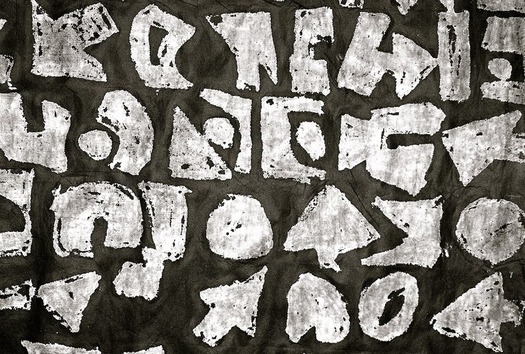
Ghost writing by Denis Smith
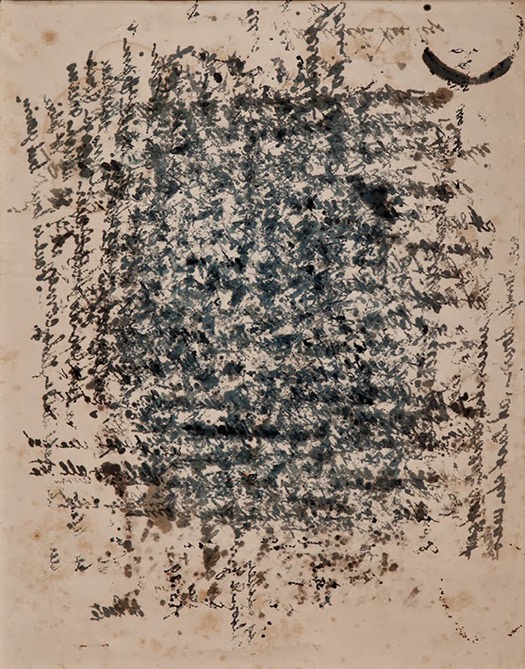
Found 19th century blotter paper, collection of John Foster
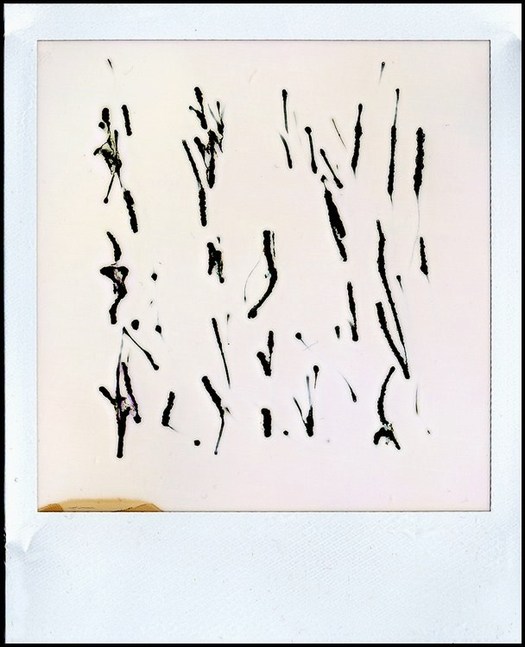
Asemic Polaroid image by Drew Kunz
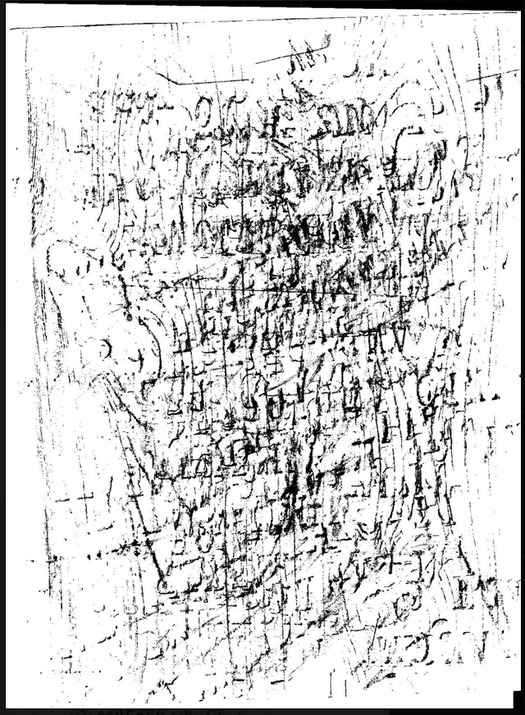
Asemic writing by David-Baptiste Chirot
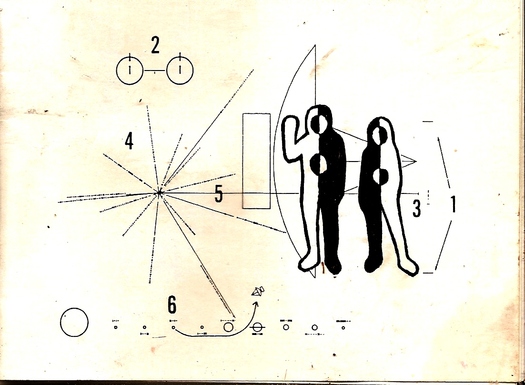
Ghost Plaque, Michael Jacobson
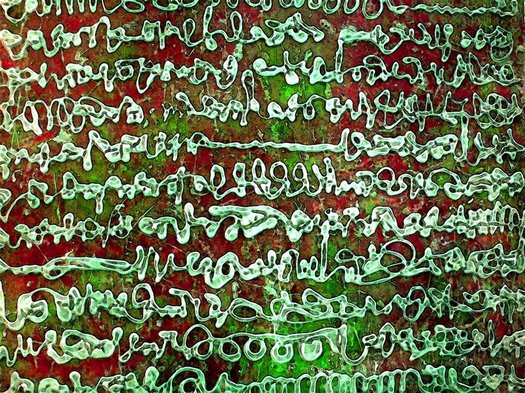
Asemic Writing by Jean-Christophe Giocottino
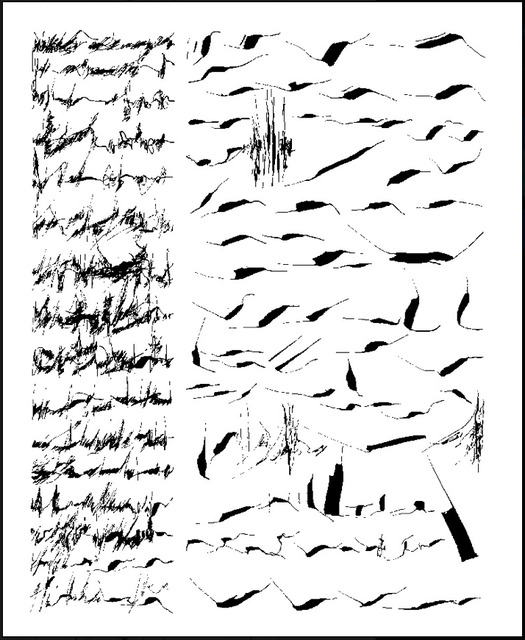
Asemic writing by Mirtha Dermisache
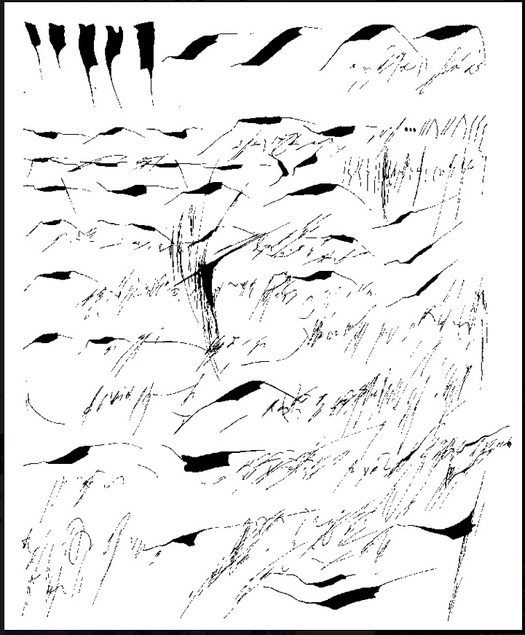
Asemic writing by Mirtha Dermisache
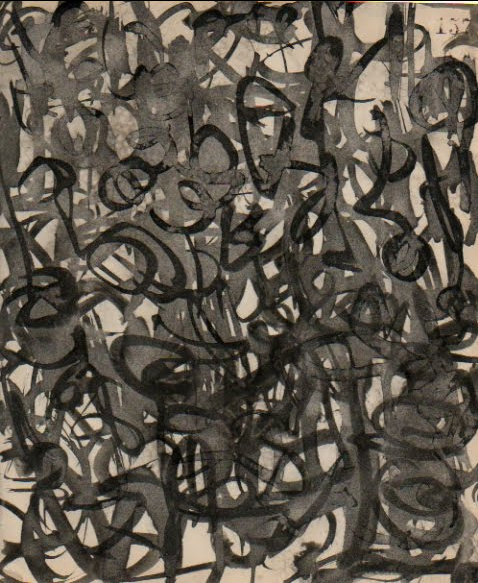
Asemic Calligraphy by Cecil Touchon
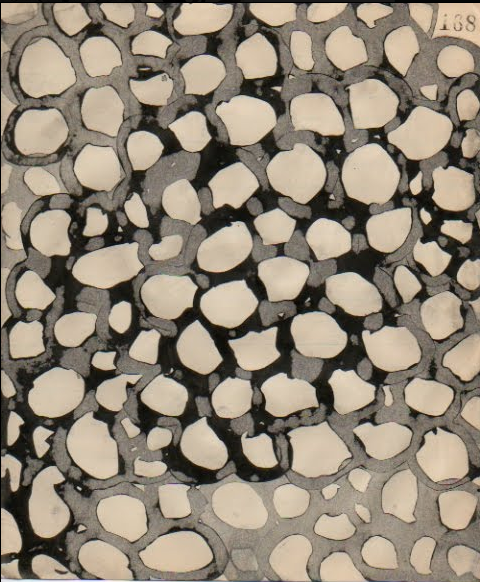
Asemic writing by Cecil Touchon
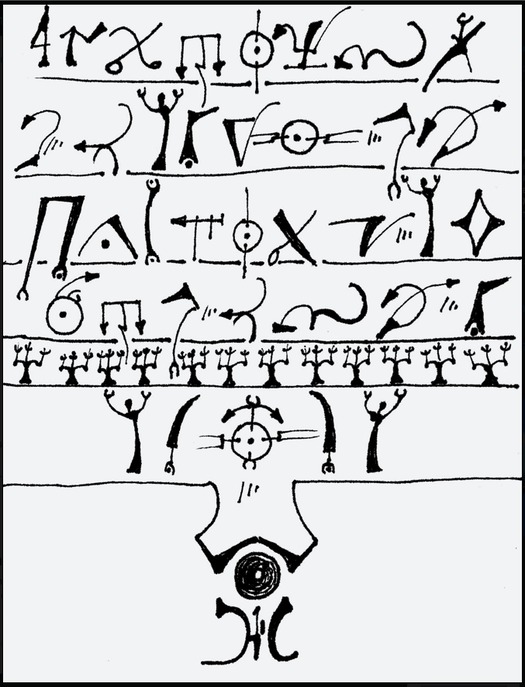
Asmodeux Codex from Forrest Aguirre
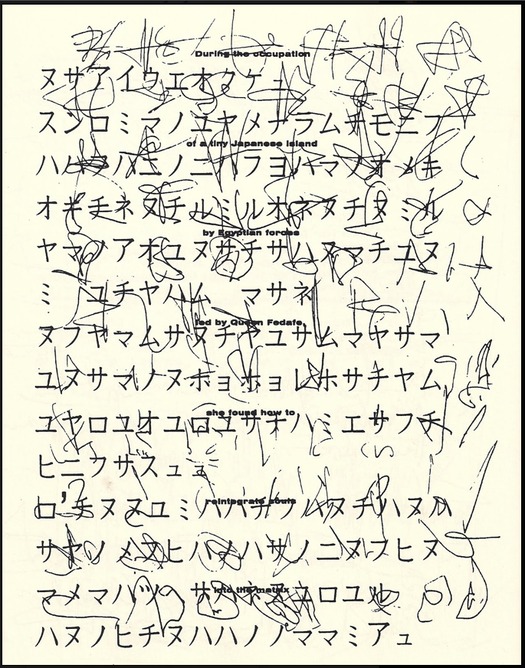
A page from the novel Cistern Tawdry by Eckhard Gerdes
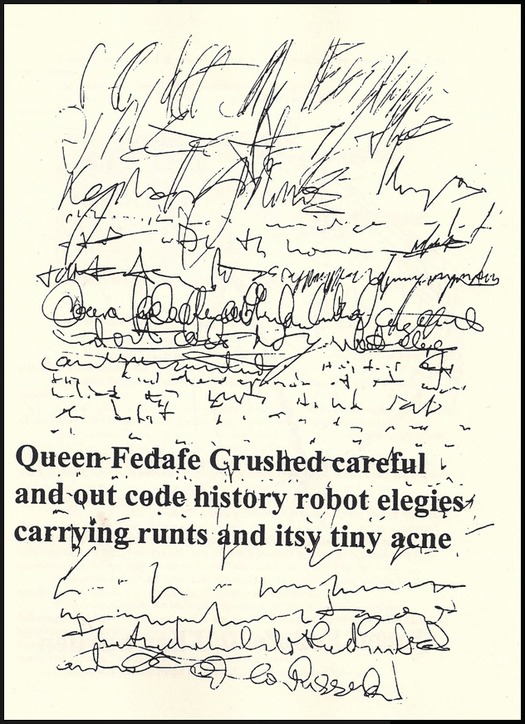
A page from the novel Cistern Tawdry by Eckhard Gerdes
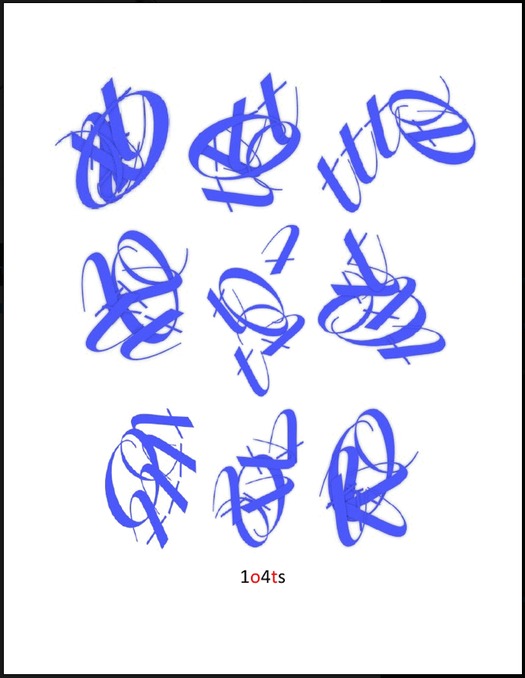
1o4ts from Nico Vassilakis
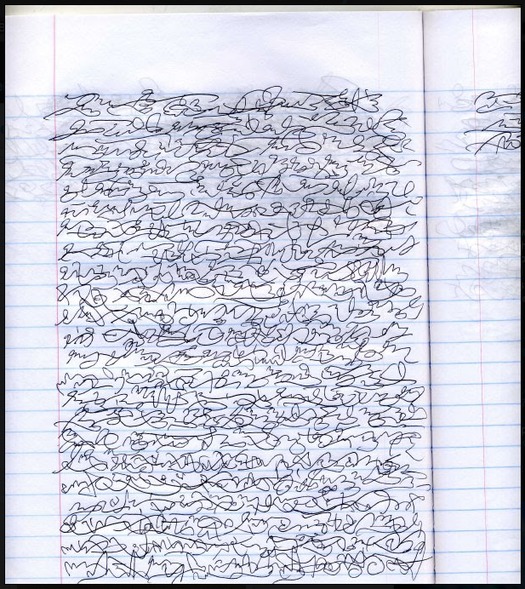
Asemic writing from Jeremy Ferris
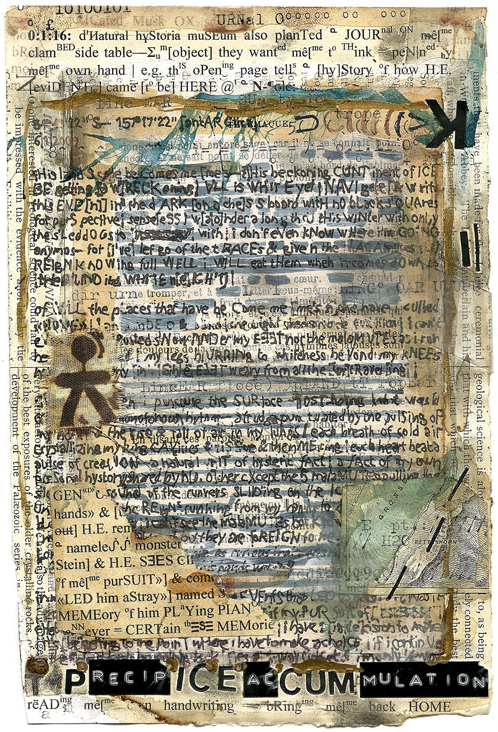
Ark Codex 0:1:16 ― 0:1:21 from Ark Codex 0
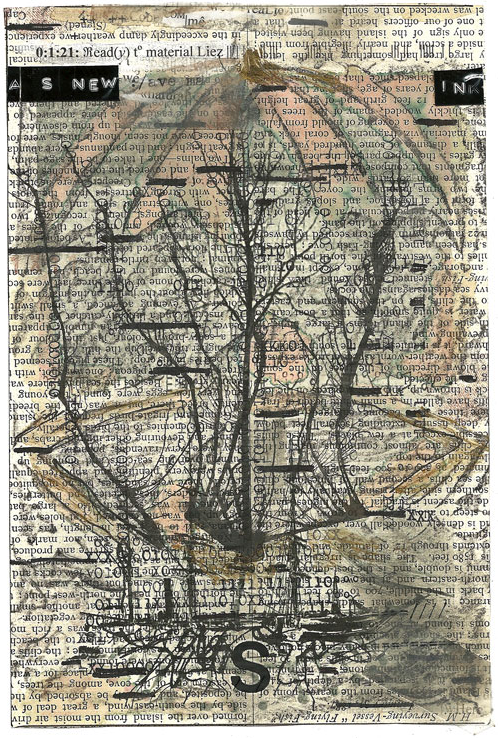
Ark Codex 0:1:16 ― 0:1:21 from Ark Codex 0
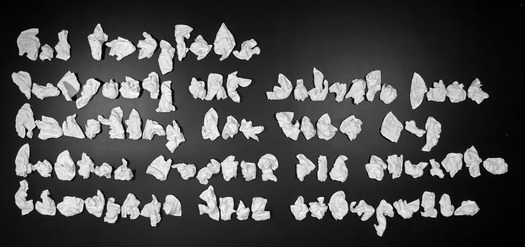
Asemic sculpture by Patrick Collier
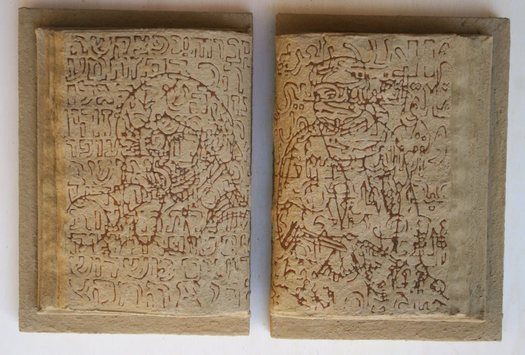
Felice Galli, libro d’artista
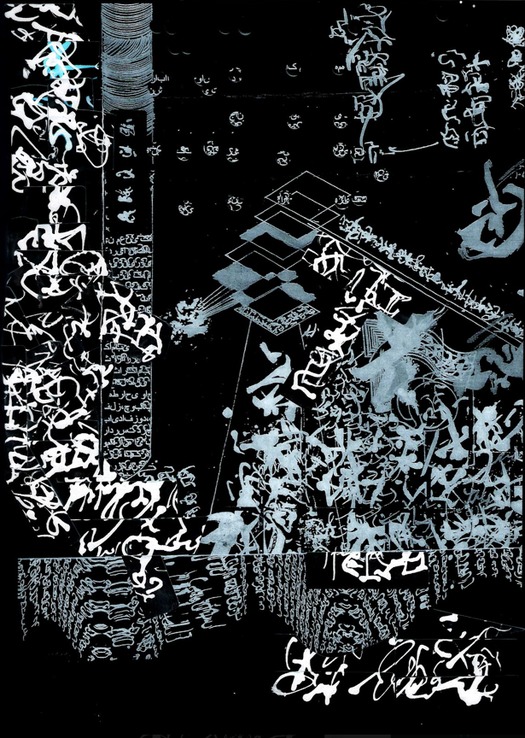
Mauro Cesari

